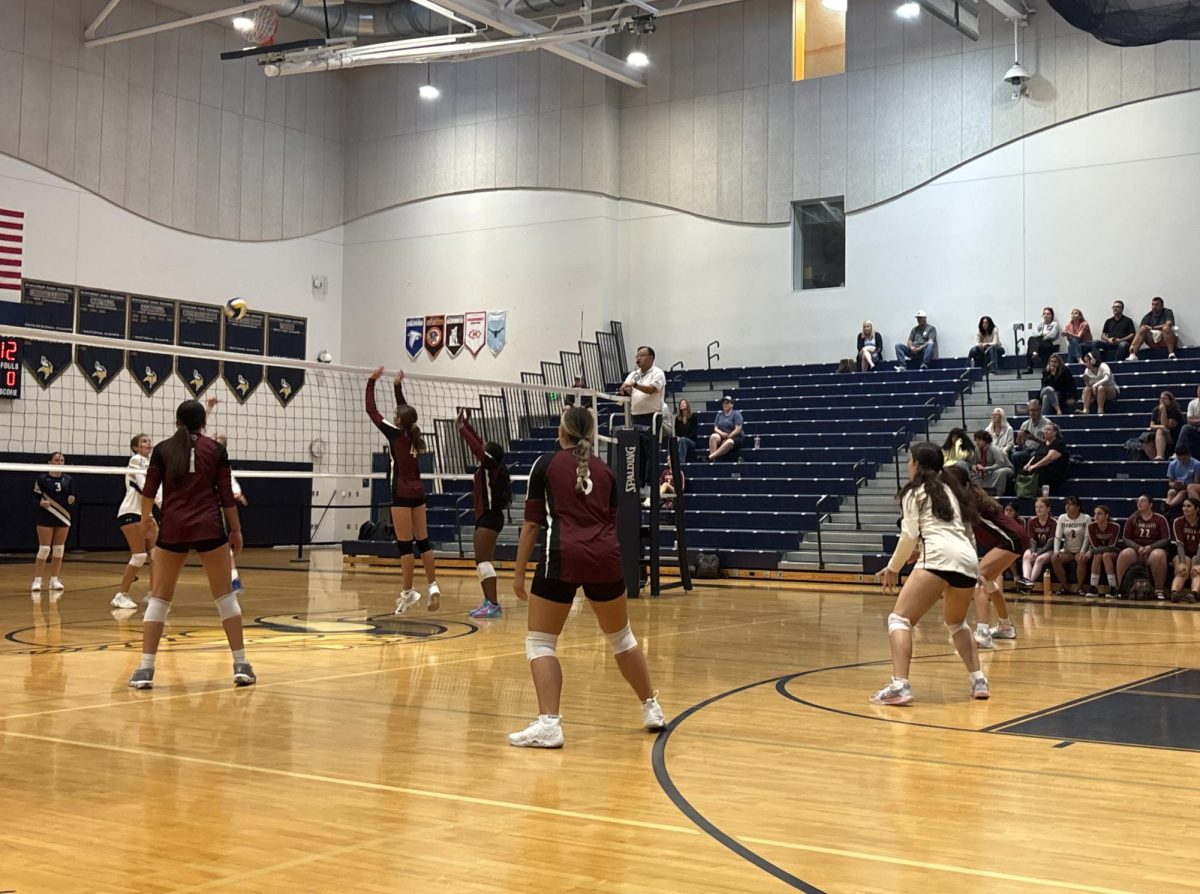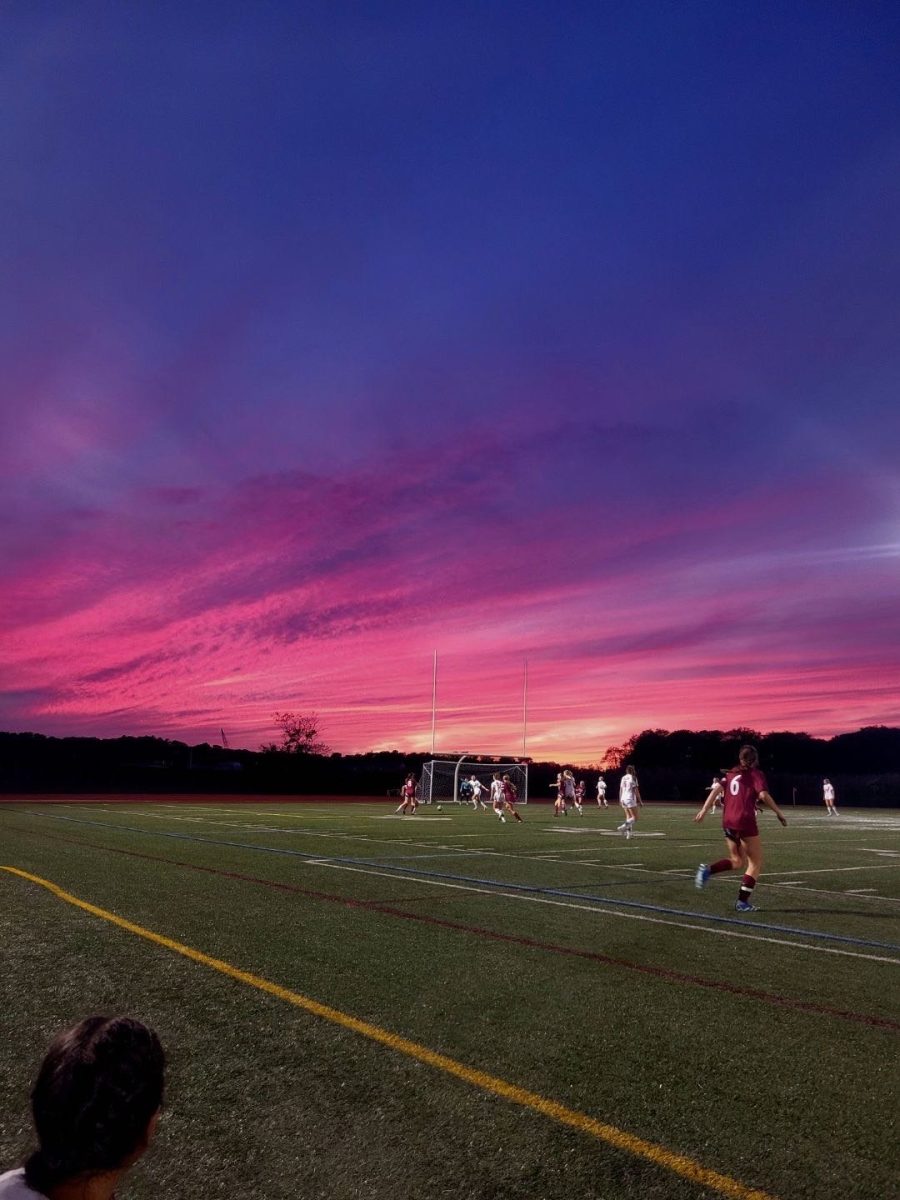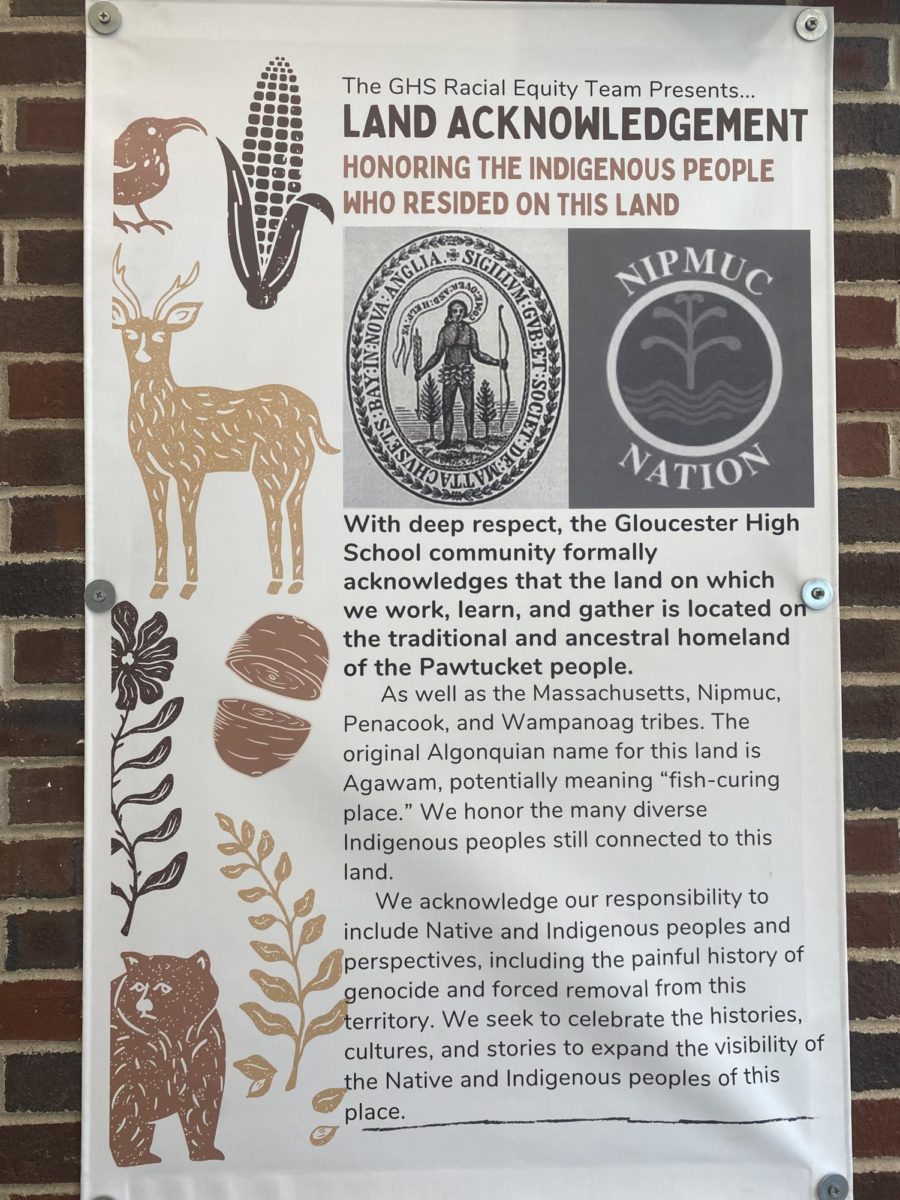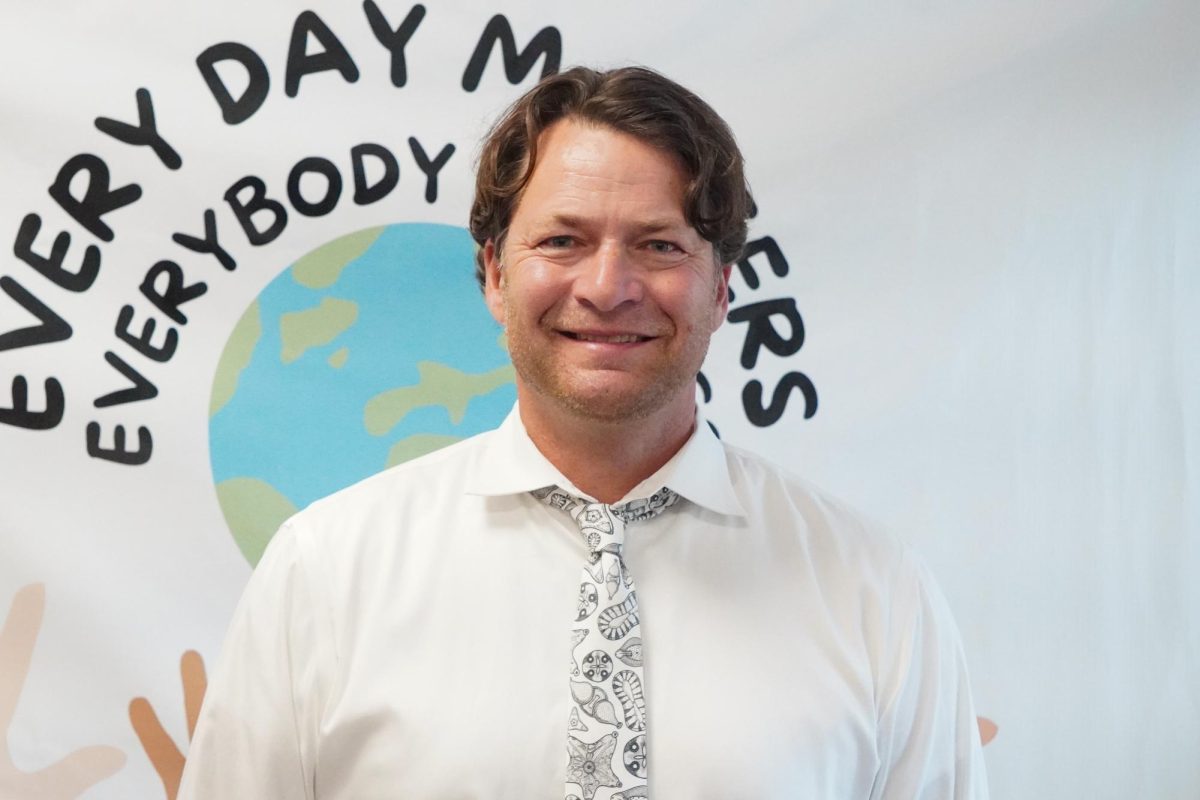Last Wednesday, the Racial Equity and Advocacy club had a banner raising during homeroom, dedicating a space in Gloucester High School to recognize the indigenous land the school is built on.
The Racial Equity and Advocacy team is new to the GHS community, and is a combination of two former clubs with the goal of promoting equality, advocacy and awareness. For more information on the club, there is an article here explaining more.
The ceremony was attended by students and staff who were excited to unveil the artwork, as well as a message written by the Racial Equity team last year. Club Co-Leader Yashvi Patel read the banner aloud and many students from the GHS community celebrated the acknowledgement.
“I have been with the club since the beginning of it, and have seen it develop into a place where the needs of others are taken to thought and where everyone is welcome,” Patel said. “It is not only my cultural knowledge that adds to GHS, but also my commitment to raise a racial and cultural awareness in the school I learn at. “
The sign reads:
“With deep respect, the Gloucester High School community formally acknowledges that the land on which we work, learn and gather is located on the traditional and ancestral homeland of the Pawtucket people. As well as the Massachusetts, Nipmuc, Penacook, and Wampanoag tribes. The original Algonquin name for this land is Agawam, potentially meaning “fish-curing place.” We honor the many diverse Indigenous peoples still connected to this land. We acknowledge our responsibility to include Native and Indigenous peoples and perspectives , including the painful history of genocide and forced removal from this territory. We seek to celebrate the histories, cultures and stories to expand the visibility of the Native and Indigenous peoples of this place.”
In recent years, land acknowledgements for indigenous people have become more and more common. By definition, a land acknowledgement is a formal statement issued that recognizes and pays respect to Indigenous Peoples as the original occupants of the land. Examples of dedications around the area include UMass Dartmouth’s Wampanoag tribe land statement and Harvard’s acknowledgement of land from its Harvard University Native American Program (HUNAP).
“As a result of our respect for different cultures, races, and ethnicities, we came up with the idea of land acknowledgement mid-year, last year,” said Yashvi. “Seeing it finally being executed, we feel as if we have once again contributed in our effort to make GHS aware and educate people that the land they stand on once belonged to someone else.”
It is important to highlight the history and importance of the land we live on in Gloucester, and who came before. The thoughtful works written by last year’s club are a step in the right direction for Gloucester in understanding the heritage of our beautiful seaport.
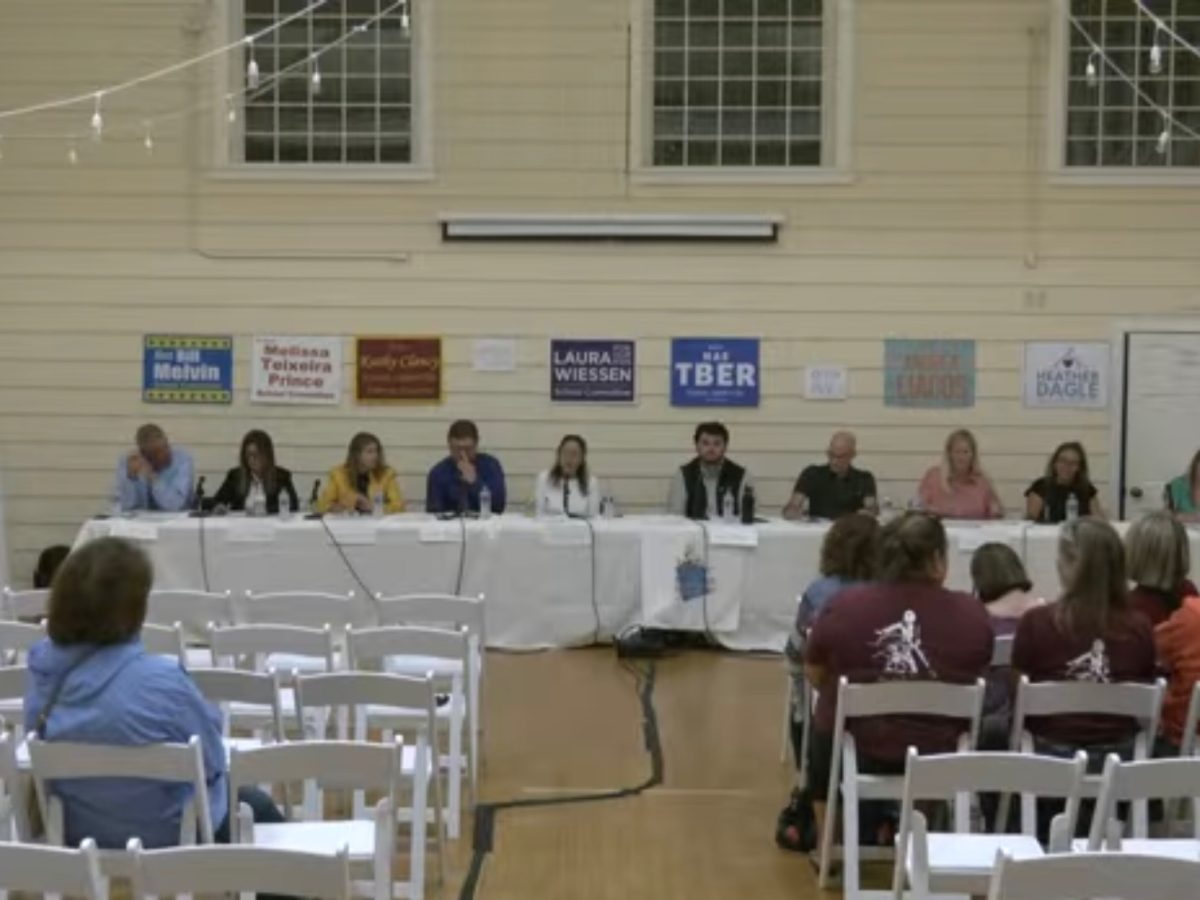


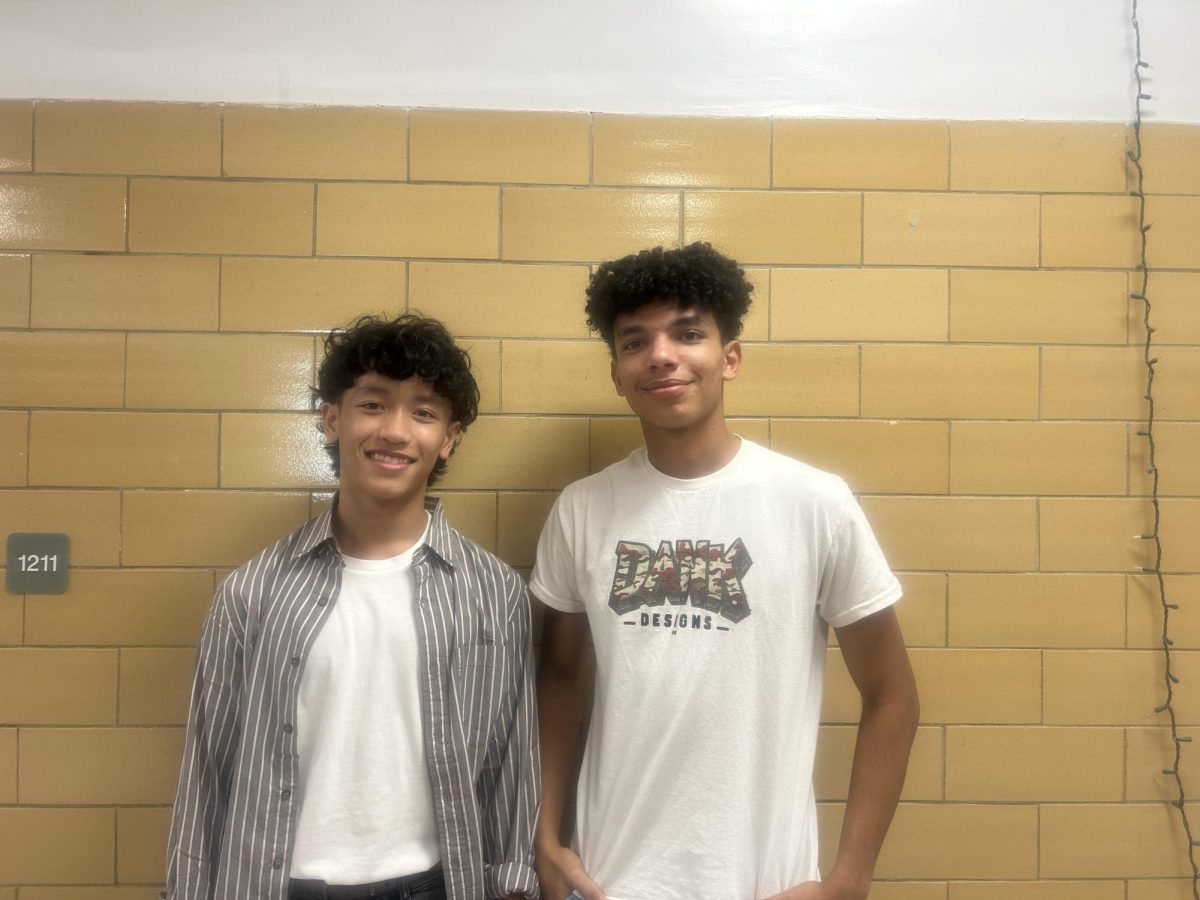







![The GHS/MERHS senior cross country runners pose together on Senior Night. [Photo courtesy of Manchester-Essex Athletics]](https://thegillnetter.com/wp-content/uploads/2025/10/Screenshot-2025-10-10-at-11.18.29-AM.png)

